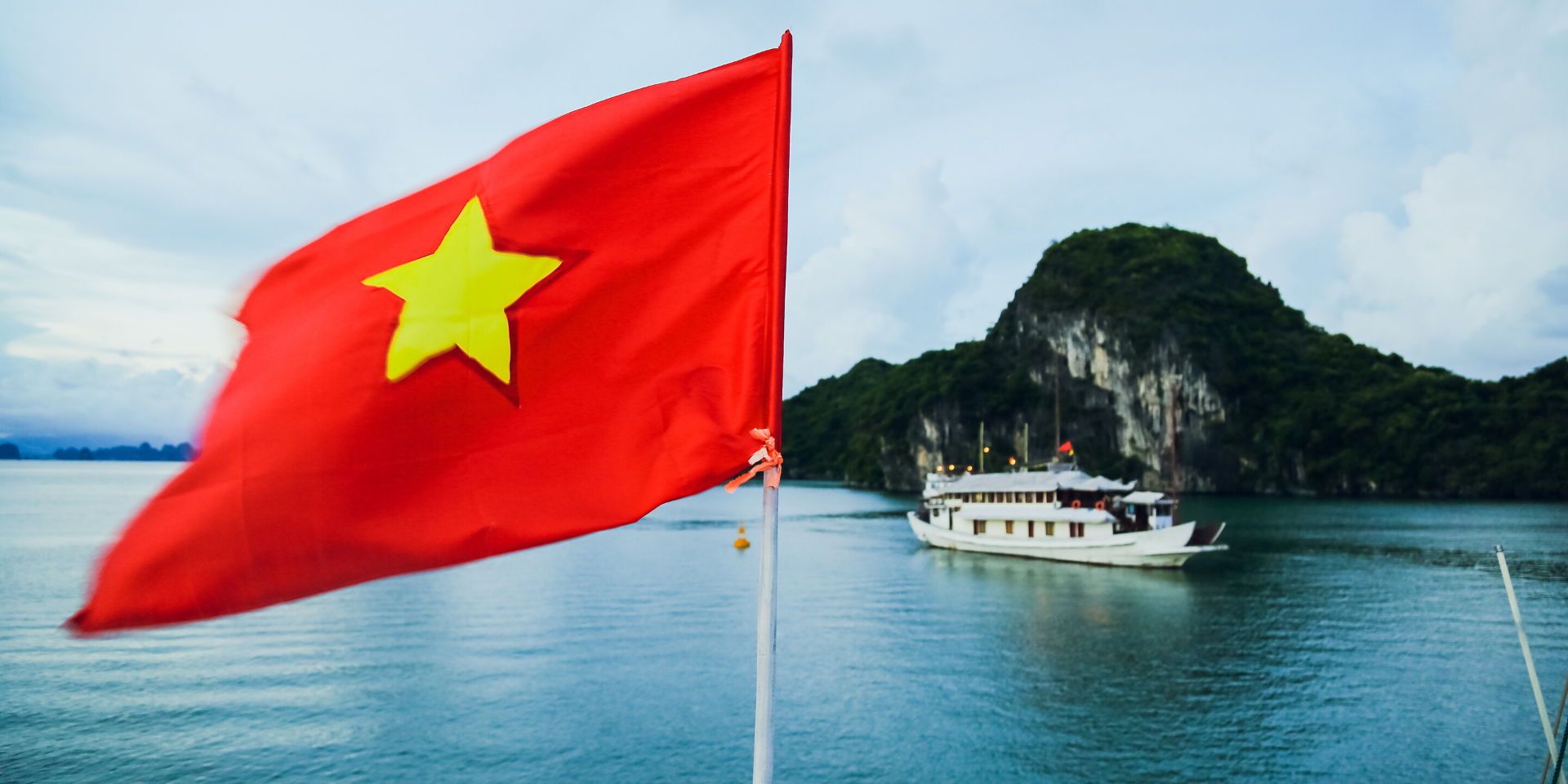In late May, the Indian Navy's (IN) Eastern Fleet concluded a significant operational deployment in the South China Sea, featuring port calls in Singapore, Vietnam, the Philippines, Malaysia, and Brunei.
This deployment, alongside an Indian Coast Guard ship's earlier visit, underscores India’s growing maritime engagement in Southeast Asia, especially amid the ongoing maritime disputes between China and several ASEAN nations.
Historical and Economic Context
India's presence in the South China Sea is not novel, but the frequency of visits has increased four-fold since 2013. This engagement aligns with India's commercial and strategic interests. Over 55% of India's trade passes through these contested waters. Additionally, since the early 1990s, India has been involved in hydrocarbon exploration with Vietnam, notably investing $430 million in the Phu Kanh Basin. Despite Chinese objections, this collaboration continues, underscoring India's determination to maintain its economic stakes in the region.
The 20th Annual ASEAN-India Summit in 2023 highlighted the economic complementarities between India and ASEAN, with Prime Minister Modi's 12-point proposal aiming to deepen commercial ties. The ongoing review of the 2009 ASEAN-India Trade in Goods Agreement, expected to conclude by 2025, is poised to enhance trade further by addressing issues like Rules of Origin and trade remedies.
Strategic Connectivity and Security Interests
India's strategic interests are also expanding. The 2019 Memorandum of Intent between India and Russia to develop maritime communications between Chennai and Vladivostok exemplifies India's connectivity ambitions. This corridor, passing through the South China Sea, is cost-efficient and provides access to the Arctic's resources, underscoring India's interest in regional stability and open sea lanes.
The Act East Policy (AEP) and Indo-Pacific Vision drive India's security engagement in the region. The AEP emphasizes improved connectivity and commerce, necessitating a South China Sea free from security challenges. Consequently, India adopts a security-oriented approach to foster regional stability, aligning with its Indo-Pacific Vision, which highlights ASEAN's centrality in connecting the Indian and Pacific Oceans. This vision aims for a multipolar world, ensuring peace, security, and adherence to international law.
Challenges and Competitive Dynamics
China's growing influence in the Indian Ocean Region (IOR) complicates India's strategic calculus. The Belt and Road Initiative (BRI) and its associated investments have enhanced China's presence, including the People's Liberation Army Navy (PLAN) operations in the IOR. Beijing's military strategy combines offshore defense with open seas protection, leading to increased PLAN activities around India’s maritime boundaries, especially near the Andaman Islands.
India’s economic ties with ASEAN, while significant, pale compared to China's. ASEAN-China trade is $722 billion, vastly overshadowing the $131 billion India-ASEAN trade. This economic disparity and China’s strategic investments complicate India’s efforts to enhance its influence in the South China Sea.
ASEAN’s internal divisions, particularly the conservative stance on the South China Sea disputes and China’s diplomatic sway over some member states, further challenge India’s strategic objectives. These divisions enable China’s continued maritime aggression, potentially affecting freedom of navigation for regional stakeholders, including India.
Future Directions
Despite these challenges, India must persist in its maritime engagements in the South China Sea. Strengthening across-the-spectrum operational engagements, enhancing maritime domain awareness, and exploring trilateral exercises with littoral navies are crucial steps. Concluding logistic pacts with Indonesia and Malaysia would also bolster India’s strategic posture.
India's commercial interests and the regional balance of power necessitate sustained maritime diplomacy to ensure secure seas and adherence to the rule of law. By leveraging economic and strategic complementarities with ASEAN, India can maintain its influence and contribute to regional stability in the face of growing Chinese assertiveness.

Source: The Diplomat





